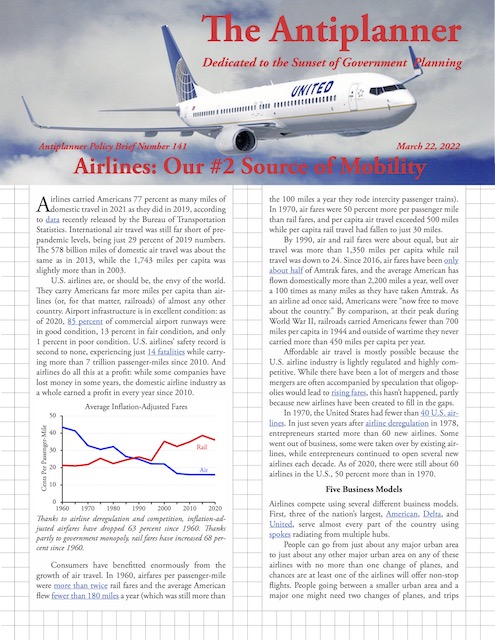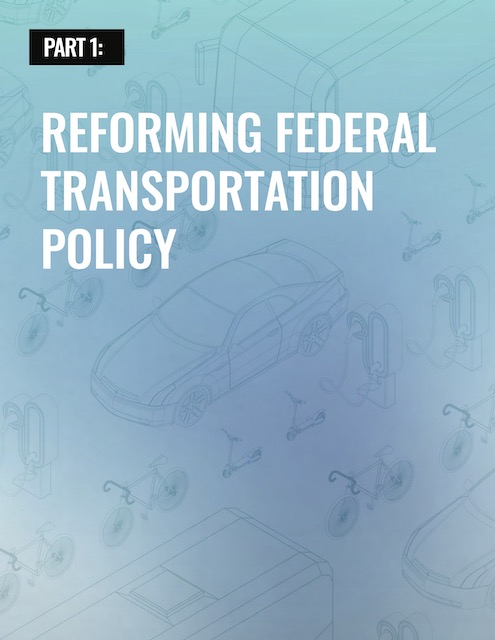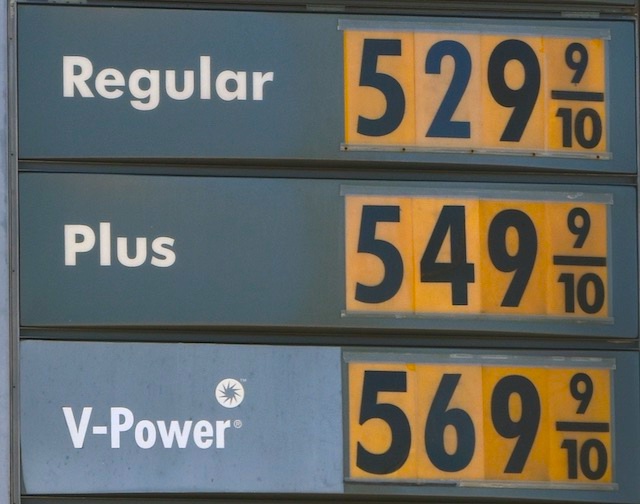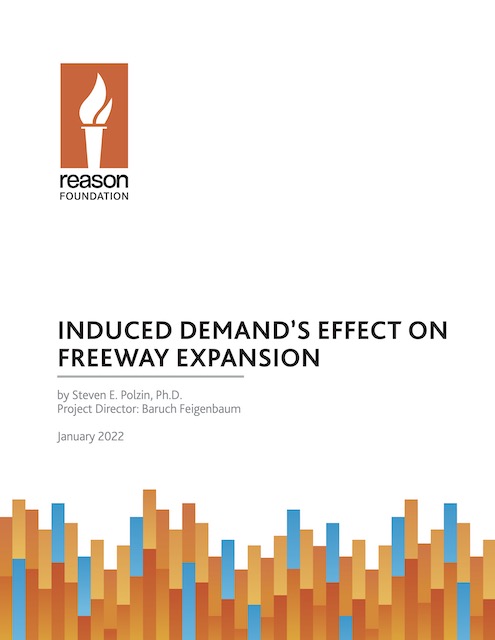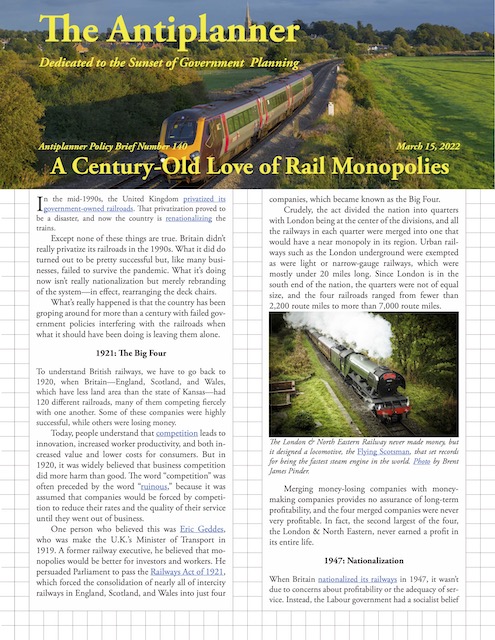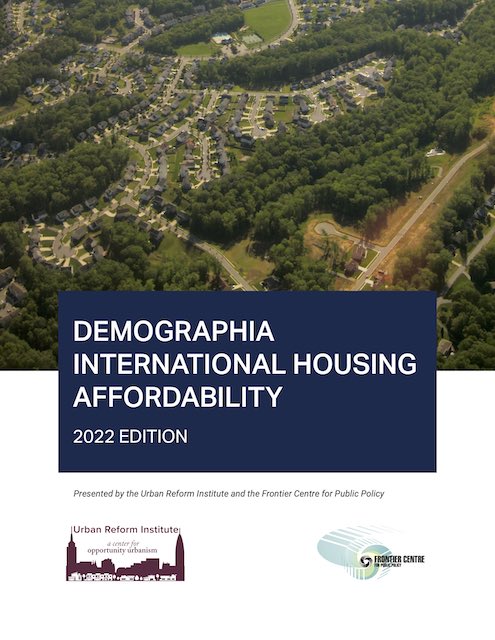Since the Antiplanner is vital to national security, I was disturbed to learn that people with .ru domain names have signed up and attempted to take control of this web site. In fact, there are nearly 10,000 .ru users.
A few years ago, I realized that nearly 50,000 users had signed up, and while it is flattering to think that many people were interested in my pearls of wisdom, I was disillusioned to discover that most of them were spammers. At the time I searched in vain for a way to delete those users in bulk without deleting any real users. Instead, I installed a captcha system that supposedly would prevent bots from signing up.
It didn’t do a very good job as the Antiplanner had 156,600 users yesterday. I found a WordPress plug-in that would delete users who have never left a comment, so I tried to use it. It would only let me delete 1,000 at a time, and after deleting 10,000 the system broke down.
Unfortunately, I suspect that it also deleted some real users. If you have been unable to log in, you may have to sign up again as a new user. Please accept my apologies. If anyone is a WordPress expert who can recommend a way to delete spam users, please let me know.

